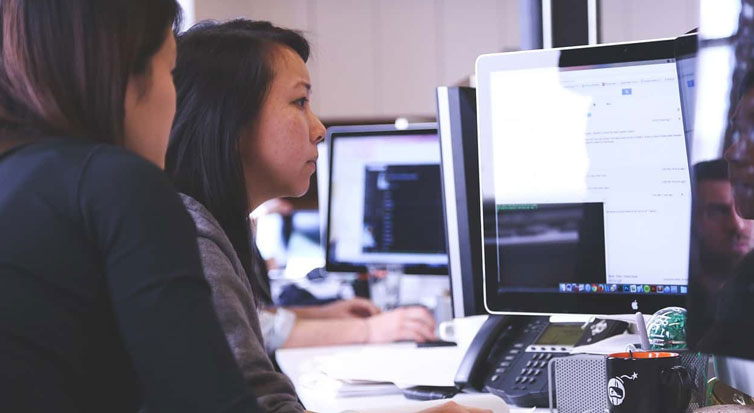We all know the expression “quality time.” We long to spend some quality time with our family and friends, immersed in a hobby or just watching a movie. As a designer at SAP, I ask myself all the time, “Am I creatingquality time for people at work?” That is a question each one of us, regardless of our role at the company, can ask ourselves. And we must. How do end-users talk to us at summer garden parties? What is their experience of what my colleagues and I contributed to the quality of their time at work?
My strong belief is that we need to move from “time at work” which can sound like, well, hard labor and slow going, to “quality time at work,” which would be the diametrical opposite. Work should be something you want and long to do. SAP is aiming to do just that, to create great software to support end-users in every minute spent doing their job. This is not new; this is something all of us in the UX community have had as a quality benchmark for our products and services for decades. But now I see a shift in the industry. It’s not just the design team that has the vision and desire to provide a great experience for end-users; it’s increasingly the whole team.
To design something, means to find and manifest a clear reason why it should exist and how it should work. And everyone who contributes to making that “thing” also contributes to manifesting its purpose. The process of designing requires thorough planning, including answers to the most basic questions about the thing’s purpose. This is a central point in any product development. It is way too complex and too important to be left only to designers, to paraphrase Tim Brown. The planning requires developers, product owners and designers who together figure out how we shape the product before diving into their respective work tasks like drawing, coding, and calculating the business value.
Solving design problems in a sustainable fashion to arrive at an outcome that provides “quality time at work” is no easy task. As many of us know, a square and healthy home-cooked meal full of greens and whole grains is the best option for our families. But if your kids are hungry and cranky and it’s late and everyone is stressed and tired and you happen to be passing by a burger chain, that just may be the most feasible option at the moment. So you solved the problem in the short-term, but when that exception becomes a pattern, you have a problem. You are definitely not contributing to a quality solution that is sustainable and worth building on. I guess we all can, to a certain extent, relate to how we craft the products we are contributing to. I believe that sustainable innovation, one that aims to be built upon, is the key.
I stumbled upon a blog called, Future Shock, by Fraser Speirs. He really puts his finger on it with a simple statement “The Real Work is not formatting the margins, installing the printer driver, uploading the document, finishing the PowerPoint slides, running the software update or reinstalling the OS. The Real Work is teaching the child, healing the patient, selling the house, logging the road defects, fixing the car at the roadside, capturing the table’s order, designing the house and organising the party.” Or as designers usually ask them selves, “What is the job to be done?” We all must ask this question directly followed by “how do I, regardless my role, contribute to the quality time of the people doing that job?” This is how we all will understand and feel that we truly contribute to great product UX and take an active part in shaping it.
As Charles Eames put it, “Design is a plan for arranging elements in such a way as best to accomplish a particular purpose.” Design is the way we decide how we want things to be. Everything is designed by somebody, even if they just “made it” without a deeper thought. So the question is not whether we need or can afford design. It’s whether design is good enough and how much each one of us on the team can contribute. The result of products in use, how they feel and work is a result of the decisions we at SAP take while shaping, The burden of bad design is borne by the user, far from the original craftsmen. And that last fact is important, we do not feel the pain, and when we do, it’s too late, and often not related to the whole experience of the product. This is why design thinking at SAP with clear use cases, personas and a thorough understanding of the purpose is a great leap forward for business software. And this is why SAP Fiori is certainly a change agent in this case to turn time at work into quality time at work.
Perhaps we can all aks our selves the questions: “how am I contributing to the experience of the products I am involved in?”, and “Am I creating quality time for people at work?” – if no, “How would I like to do that, regardless my role?”.

